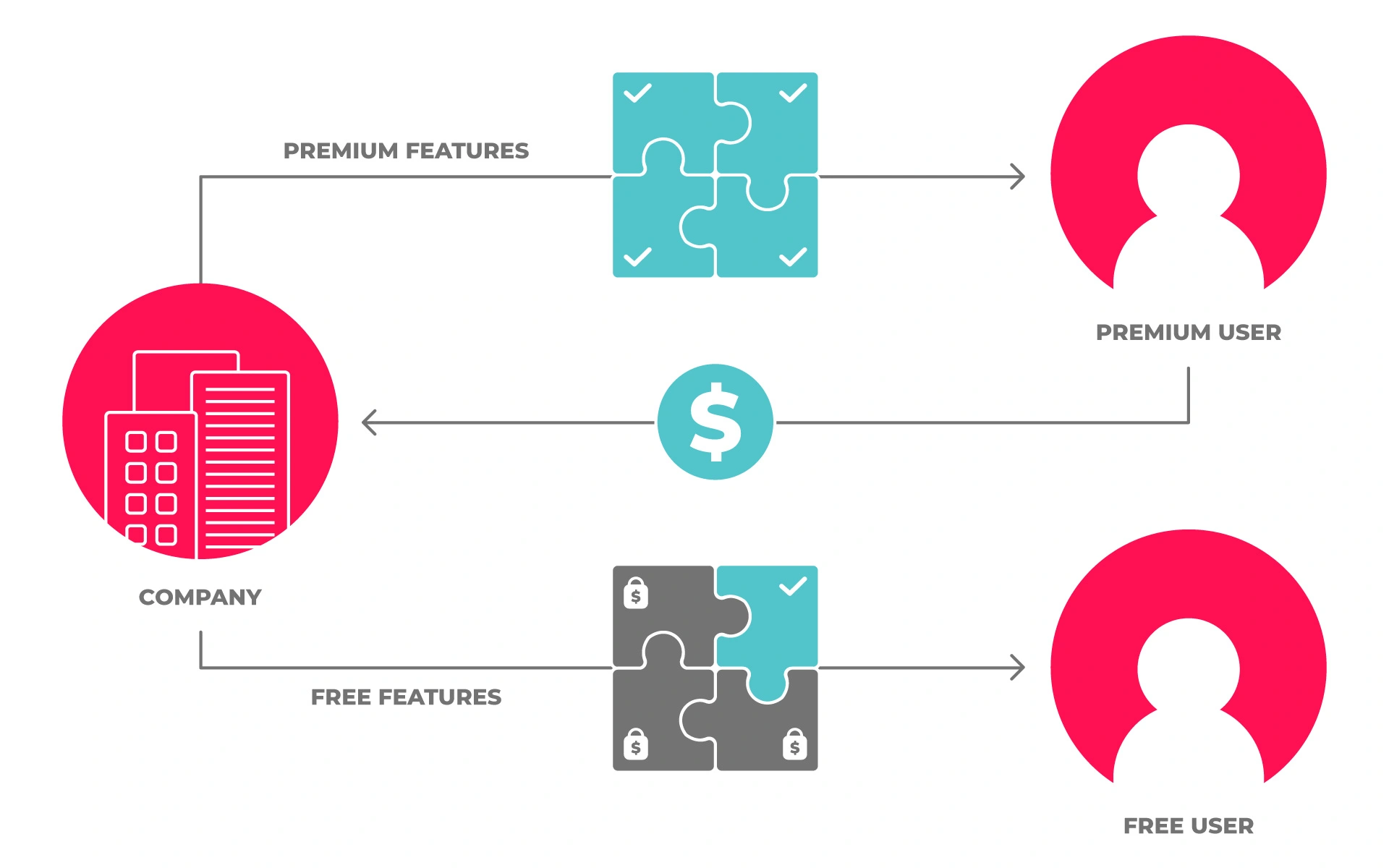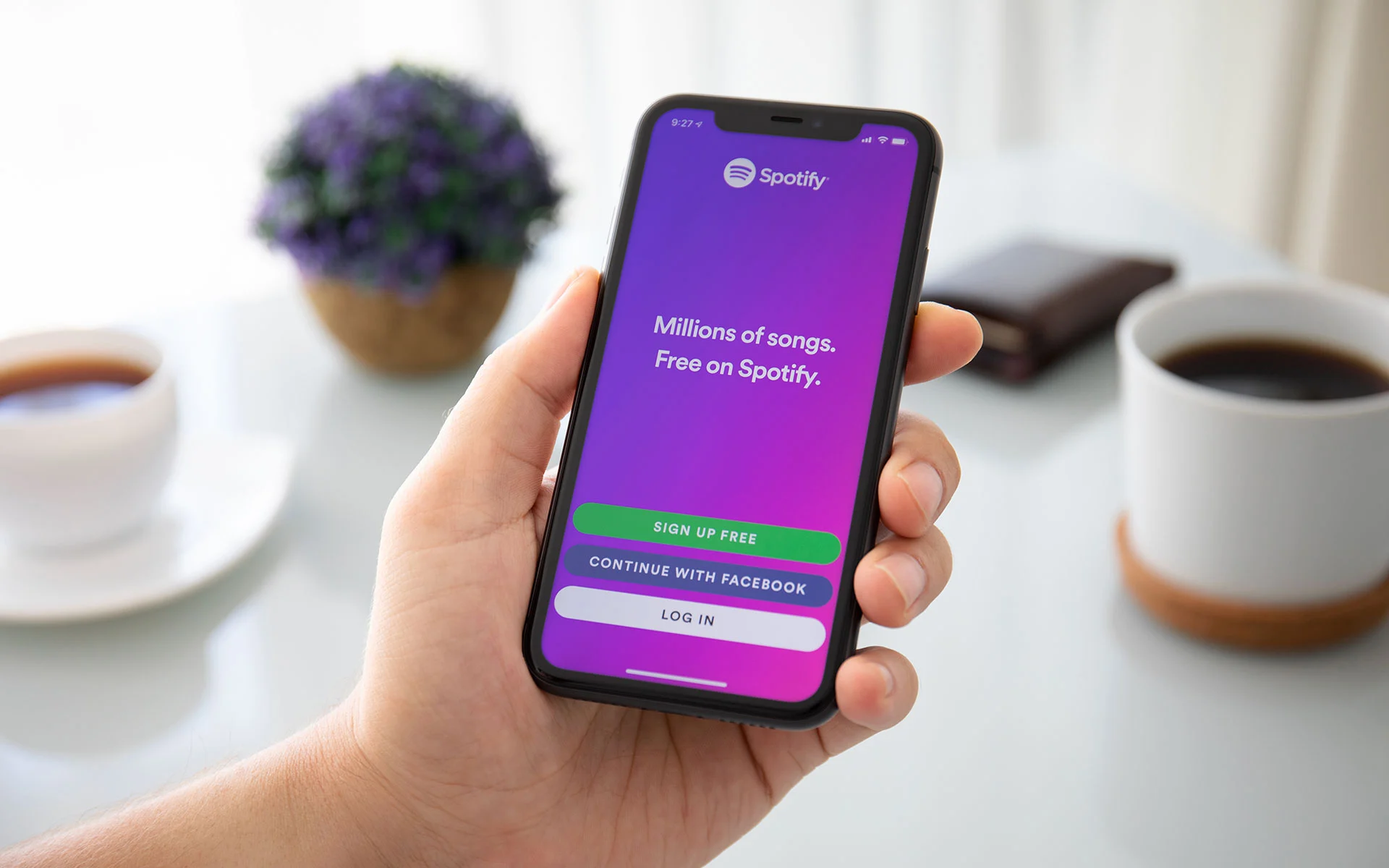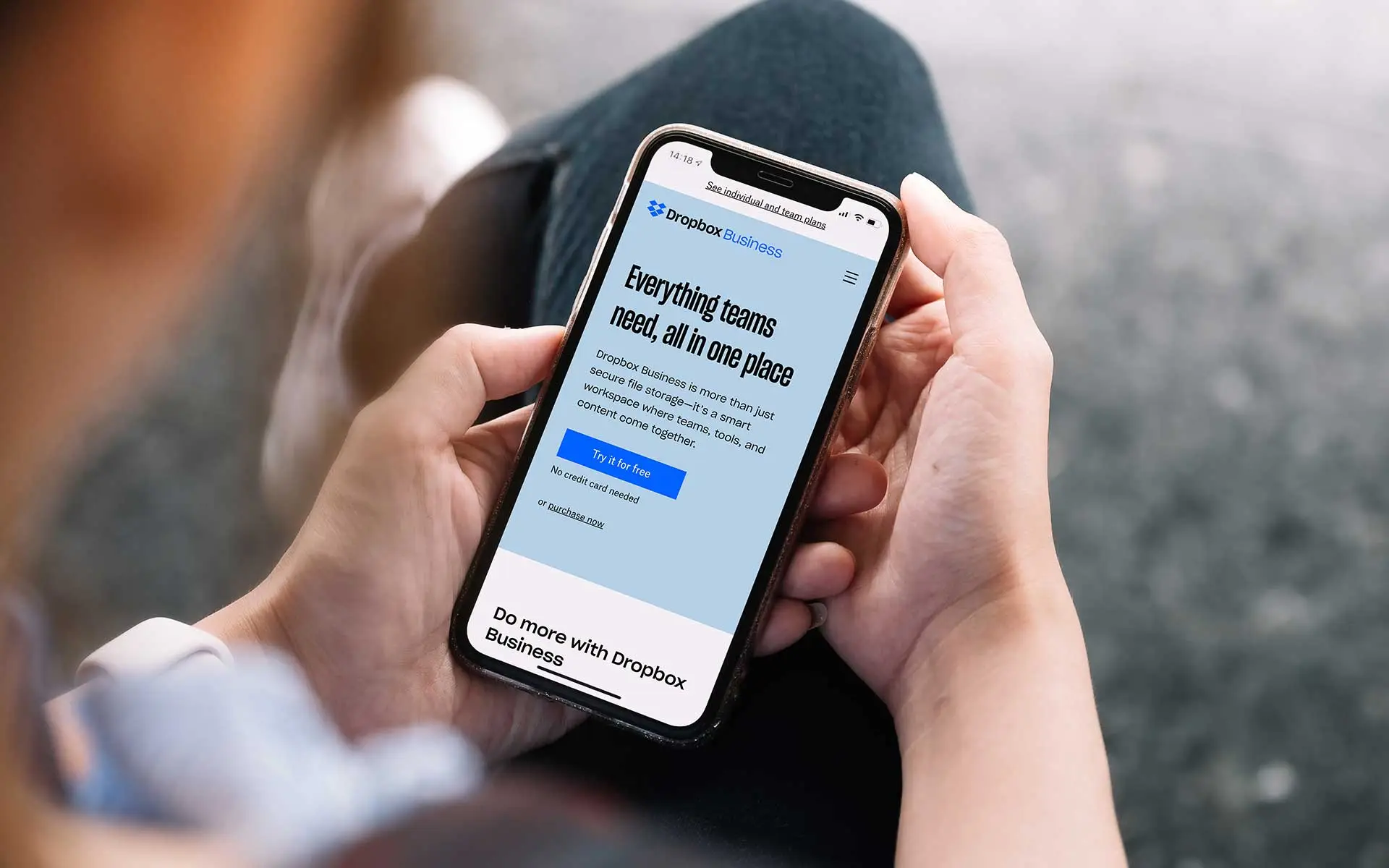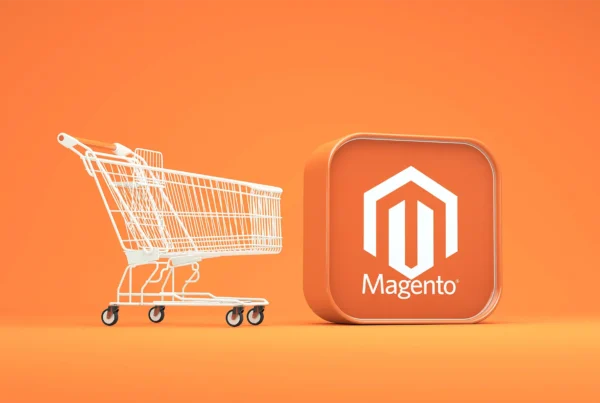
How many times have you set a personal goal, like better eating habits or fitness, and searched the app store for an app that can help? When you find one that looks good and free, how likely are you to download it? Significantly, in most cases.
Therein lies the allure of the freemium model. There’s no risk to the consumer in trying something for free. Moreover, if they like the service or come to depend on it – in this case, the app – they are more likely to pay for additional features and benefits to improve the experience.
What is the freemium business model?
Freemium, a combination of the words “free” and “premium”, is a pricing strategy where a product or service is provided free of charge. However, additional features, services, or goods to get more out of the product or service are provided for a fee. With the freemium model, your customers are split into two categories – free and paid.
Although the freemium business model has been used since the ’80s by software companies, the term freemium didn’t appear until 2006 when venture capitalist Fred Wilson summarized the model in a 2006 blog post saying,
“Give your service away for free, possibly ad supported but maybe not, acquire a lot of customers very efficiently through word of mouth, referral networks, organic search marketing, etc., then offer premium priced value added services or an enhanced version of your service to your customer base.”
In response, Jarid Lukin of Alacra, one of Wilson’s portfolio companies, suggested calling the model “freemium”. Today, the freemium business model is so successful that more than 77% of the top sellers in the Apple App Store use the freemium model.
How does the freemium model work?

With the freemium business model, most of your consumers will use your free service, while a small segment will pay. The paying customers receive “more” in terms of use. The more can be offered in a variety of ways, the most common being:
- More features
- More capacity
- More use license
- More use time
- More support
- More access
There are two main components necessary for a freemium business model to work. The first is offering a valuable service with a great experience. The second is to make “more” available that provides even more value, i.e., enough that users are willing to pay. With this tactic, you are using your free service as a marketing tool to create a pool of customers who already find value in your service and are more likely to pay for even more value.
Let’s look at an example of a freemium business model – Spotify.
With the Spotify freemium business model, users can stream music for free. However, Spotify chooses your music based on your search criteria and delivers it as a playlist, which may contain songs you don’t like or care to hear. So although you can listen to playlists, albums, or artists on shuffle, you can’t select a specific track to play. Also, you are limited to skipping only six tracks per hour, and your music is interrupted by non-skippable ads.

So, if any of this hinders your music listening experience, you can opt for their premium service. In this case, for a monthly fee, you can listen to any track, album, artist, or playlist you like – at any time, in any order, with unlimited skips – completely ad-free. You can also download tracks, which you cannot do with the free service.
As you can see, Spotify is an excellent (and successful) example of a freemium business model that provides a valuable service for free – but a better experience for a fee.
The popularity of the Freemium Model in the SaaS industry
The freemium business model has been particularly popular with SaaS (software as a service) companies for many reasons, which are both tangible and psychological.
Tangible:
- Massive growth boost potential: startups can quickly acquire customers with a risk-free freemium business model, making it a great customer acquisition tool.
- Business branding: when the product is well-received, you can quickly build brand loyalty. Businesses using freemium can also attach their logo or tagline to images, emails, etc., as a free service requirement.
- User data collection: when the service is free, most users have little to no issue sharing their name, email, and other basic information.
- Business learning: freemium allows businesses to analyze user personas and their usage journey.
Psychological:
- Endowment effect: people tend to value things more when they own them, and the freemium model allows a sense of ownership.
- Mere-exposure effect: people are more likely to have positive feelings about something when they have experienced it.
- Loss aversion: if a freemium has time or use limits, the user’s fear of losing out could prompt the upgrade.
Let’s look at the Dropbox freemium business model, a shining example for freemium model statistics.

Dropbox offers free storage online (up to two gigabytes free) and has 500 million registered users. However, when the user exceeds this capacity, they can upgrade to one terabyte by paying a monthly or annual subscription fee. Dropbox generated $1 billion in revenue in 2017 from 11 million paying individual and business users and continues to grow its user base. It’s safe to say Dropbox’s freemium business model is winning all around.
Let’s go back to the Spotify freemium business model. We laid it out earlier, but is it successful? In 2019, Spotify made over $7 billion – and 90% of that was generated from premium subscriptions. So, yes, Spotify is killing it with a freemium pricing model.
Advantages of Freemium Business Model
There are quite a few benefits of the freemium model, some of which we’ve already touched on. Let’s review:
- Beta Testing: having freemium users allows new feature testing without much risk of abandonment.
- No Usage Barrier: free is appealing, no matter what. Offering a free service eliminates any risk for the consumer.
- High adoption rate: again, free is good. Offering a free service can significantly ramp up the adoption rate upon launch. Plus, your free users will help build brand awareness that you can later leverage for cross-sales or upgrades.
Disadvantages of Freemium Model
On the tail of these advantages, there are some disadvantages to the freemium business model.
- Monetizing with conversions: the freemium pricing model works when some users are willing to pay for premium advantages. However, if your premium services are price-prohibitive, you may have difficulty monetizing.
- Balance: finding a balance between free and paid is challenging. Your service or platform needs to be engaging, but it’s more important for some to feel like they need more engagement – at a price.
- Expense: even if your service is intangible, it requires money to develop and maintain. If you don’t have the paying users to support those costs – well, you know. Dah-dah-dah-dun.
How can you apply the Freemium Business Model outside of the SaaS Industry?
Although we see more examples of freemium model adaptation in the SaaS industry, there are situations where it can work in the non-Saas industry. Again, let’s look at some examples.
Many communities offer free public events, like outdoor concert series. Sponsors usually fund these events. However, the event organizers can monetize concerts by offering a premium membership.
For example, paying members can get early entrance access, priority shaded areas or stage proximity, or performer meet and greet opportunities. So, although some may be fine simply enjoying the free concert, others may be willing to pay for an elevated experience.

Another example is a non-profit organization based on volunteers. Say the mission of the organization is to keep community parks and trails clean. There are plenty of volunteers who would be willing to sign up to contribute their time and energy to the mission. However, what if premium membership gave them priority access to sign-up days/times/locations? There may be plenty of people that are willing to pay for the opportunity to volunteer on their schedule, especially given the charitable aspect of the cost.
The freemium business model is just one of many that can help your business succeed. How do you think it can apply to your business? We would love to hear your thoughts.
At Living Proof Creative, we’re experts at inside-and-outside-the-box marketing strategies and tactics.
Ready to explore something new to jump start your business?
Contact us to discuss the possibilities.
Contact Us





